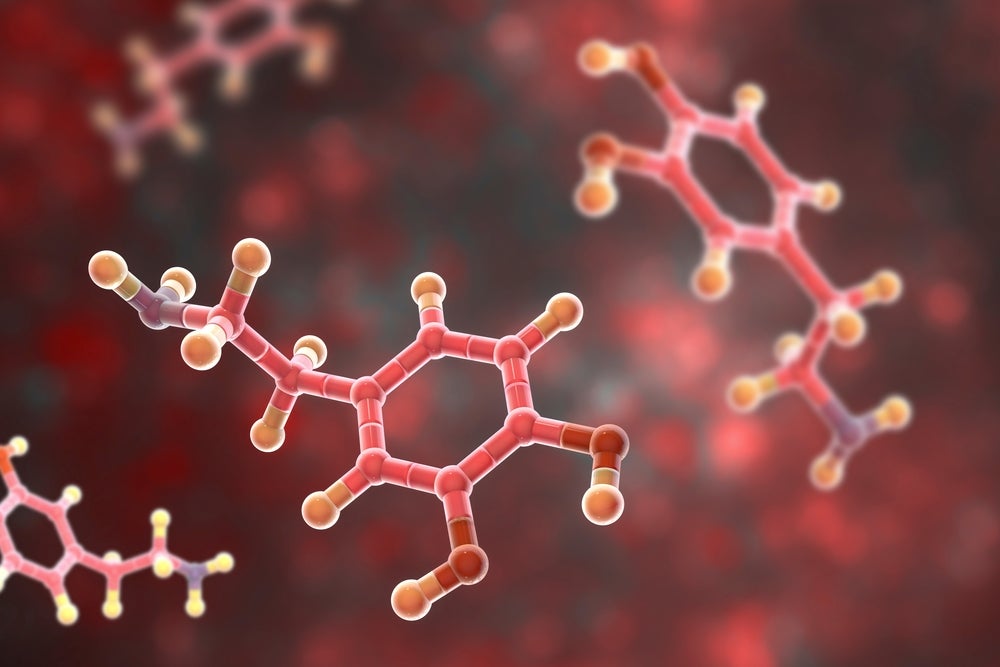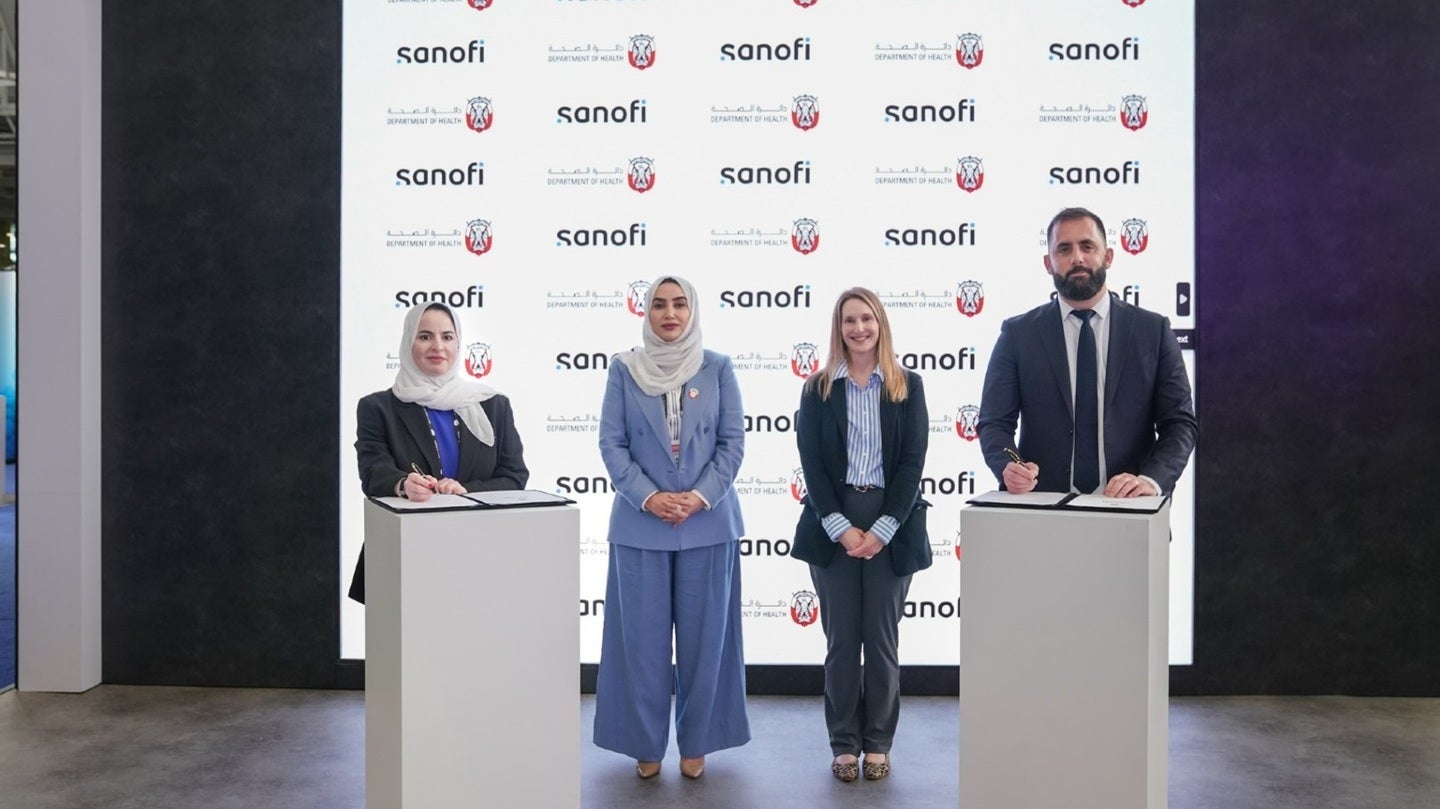Scientists Trace 7,000-Year-Old Genetic Mutation Offering HIV Resistance
What links a genetic mutation dating back nearly 9,000 years in the Black Sea region to the cutting-edge medical treatments for HIV used today? According to a groundbreaking study from the University of Copenhagen, the answer lies in a fascinating piece of our genomic past. Approximately 18 to 25 percent of the Danish population carries […]


What links a genetic mutation dating back nearly 9,000 years in the Black Sea region to the cutting-edge medical treatments for HIV used today? According to a groundbreaking study from the University of Copenhagen, the answer lies in a fascinating piece of our genomic past. Approximately 18 to 25 percent of the Danish population carries a particular mutation known as CCR5Δ32, which provides some degree of resistance or immunity to HIV infection. While this mutation’s protective benefits against a modern virus are well-recognized, until now, its origins remained an enigma.
The CCR5Δ32 allele—a 32-base pair deletion in the CCR5 gene—was first identified for its role in immunity against HIV. The CCR5 gene encodes a receptor on the surface of white blood cells that certain strains of HIV use as an entry point to infect human cells. Individuals carrying this mutation have a truncated receptor, making it more difficult for the virus to infiltrate and replicate within immune cells. This discovery has not only deepened our understanding of HIV pathogenesis but has also opened avenues for novel therapeutic interventions.
Despite its relevance to HIV, the CCR5Δ32 mutation clearly predates the viral epidemic, which has only been documented in humans over the last century. Researchers at the Novo Nordisk Foundation Center for Basic Metabolic Research (CBMR) embarked on a quest to pinpoint exactly when and where this mutation emerged. Utilizing an innovative combination of ancient DNA analysis and artificial intelligence, the team analyzed genetic material from over 2,000 contemporary individuals alongside ancient DNA extracted from more than 900 skeletal remains spanning early Stone Age to Viking Age populations.
The integration of AI into ancient DNA analysis allowed unprecedented resolution in detecting the CCR5Δ32 allele in degraded and fragmented genetic sequences. By synthesizing these data with known patterns of human migration and demographic shifts, the researchers localized the mutation’s origin to a single individual who lived near the Black Sea region between 6,700 and 9,000 years ago. This individual is hypothesized to be the common ancestor of all modern carriers of the CCR5Δ32 deletion.
One of the paradoxes that spurred this research is why such a mutation, protective against a virus that only appeared in recent history, would have conferred an evolutionary advantage thousands of years ago. The study offers compelling hypotheses: during the period when humans transitioned from nomadic hunter-gatherers to more densely populated agricultural societies, infectious disease pressures likely intensified. The mutation’s effect in dampening certain immune responses may have helped mitigate damage caused by an overactive immune system confronting novel pathogens.
Rather than outright boosting immunity, this genetic alteration seems to contribute to a more balanced immunological response, potentially protecting individuals from hyperinflammation or autoimmune conditions triggered by infections. Such modulation would be particularly beneficial in prehistoric times when epidemics of unknown diseases emerged alongside early farming settlements. This perspective underscores the intricate trade-offs woven into human evolutionary biology.
The finding that CCR5Δ32 derives from a single ancient ancestor also reshapes our understanding of how mutations spread through populations. Whereas previous theories had speculated on strong selective sweeps during historical pandemics like the Black Death, this study shows the mutation appeared suddenly and propagated rapidly due to natural selection pressures during the Neolithic period. This rapid dissemination aligns with the theory that early farming communities’ changing lifestyle dynamics created environments ripe for infectious disease transmission.
Further technical insights from the study illustrate how advanced genome sequencing workflows, combined with sophisticated computational models, can unlock genetic secrets preserved within ancient bones. These methodological advances allow researchers not only to detect ancient mutations but also to reconstruct evolutionary pathways and infer selective pressures spanning millennia. This integrative approach represents a paradigm shift in evolutionary genomics and historical epidemiology.
Moreover, the study’s implications extend beyond anthropology and virology alone. Understanding the origins and functionality of CCR5Δ32 aids ongoing biomedical research aiming to engineer therapies that mimic the mutation’s protective effects. Gene-editing technologies, including CRISPR-Cas systems, might one day replicate the genetic changes seen naturally in CCR5Δ32 carriers, creating new preventative or therapeutic options for HIV and other infectious diseases.
Importantly, the research also highlights the nuanced role of immune receptors like CCR5 beyond their function in HIV entry. CCR5 participates in immune cell signaling and trafficking, meaning its alteration impacts broader immunological networks. Thus, this deletion mutation exemplifies how immune gene variants can have multifaceted effects—sometimes beneficial, sometimes deleterious—depending on environmental contexts.
As Professor Simon Rasmussen from CBMR and lead author of the study notes, the coincidence that a millennia-old genetic variant protects against a modern virus underscores the unpredictable pathways of evolution. The virus HIV only emerged within the last 100 years, yet a mutation from ancient human societies coincidentally confers defense today. Such findings deepen our appreciation of how ancient evolutionary forces continue to sculpt contemporary human health.
This remarkable study, titled “Tracing the evolutionary history of the CCR5delta32 deletion via ancient and modern genomes,” has been published in the journal Cell on May 5, 2025. It represents a milestone in connecting paleogenetics with modern medicine, providing a vivid example of how understanding our genetic past can inform present-day biomedical challenges.
The research was made possible through interdisciplinary collaboration, utilizing expertise in molecular biology, evolutionary genetics, computational modeling, and archaeology. The availability of vast ancient DNA datasets combined with AI algorithms enabled high-confidence tracking of mutation frequency changes over thousands of years. This work opens pathways for similar analyses on other immune-related mutations shaping human adaptation to infectious diseases.
In sum, the story of CCR5Δ32 is a testament to the power of ancient genomes as time capsules, revealing hidden chapters of human evolutionary history with profound contemporary relevance. From a single individual living near the Black Sea during the Neolithic era to millions of modern individuals carrying the genetic legacy, this mutation exemplifies the enduring genetic battles between humans and their microbial adversaries through age-old evolutionary arms races.
Subject of Research: Evolutionary origins and spread of the CCR5Δ32 genetic mutation conferring HIV resistance
Article Title: Tracing the evolutionary history of the CCR5delta32 deletion via ancient and modern genomes
News Publication Date: 5-May-2025
Web References:
https://www.cell.com/cell/fulltext/S0092-8674(25)00417-9
http://dx.doi.org/10.1016/j.cell.2025.04.015
Keywords: CCR5Δ32, HIV resistance, ancient DNA, human evolution, immune gene mutation, Neolithic period, Black Sea region, modern medicine, viral immunity, genome sequencing, AI in genetics
Tags: ancient immunity to HIVBlack Sea region geneticsCCR5Δ32 allele originschronic viral infections researchevolutionary genetics of immunitygenetic factors in HIV infectionhistorical genetic mutationsHIV resistance genetic mutationmodern HIV treatmentstherapeutic interventions for HIVUniversity of Copenhagen studywhite blood cell receptors
What's Your Reaction?


































